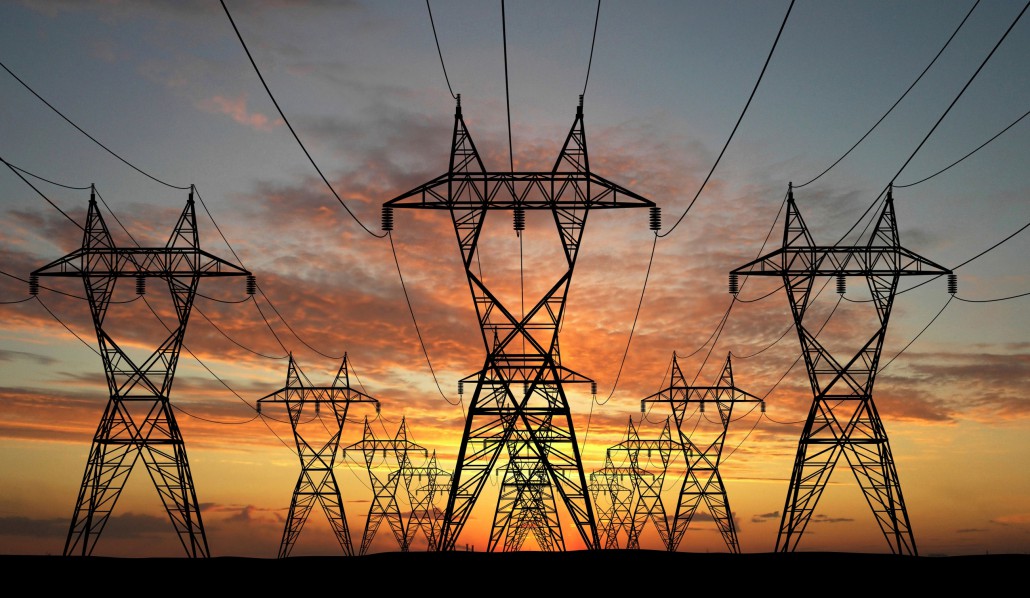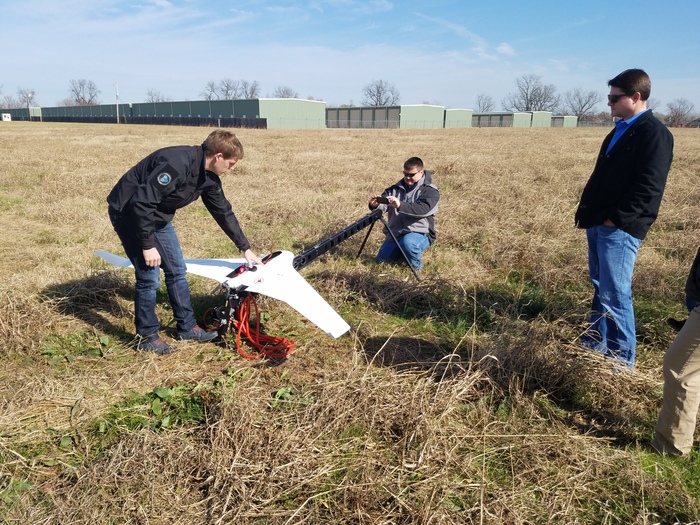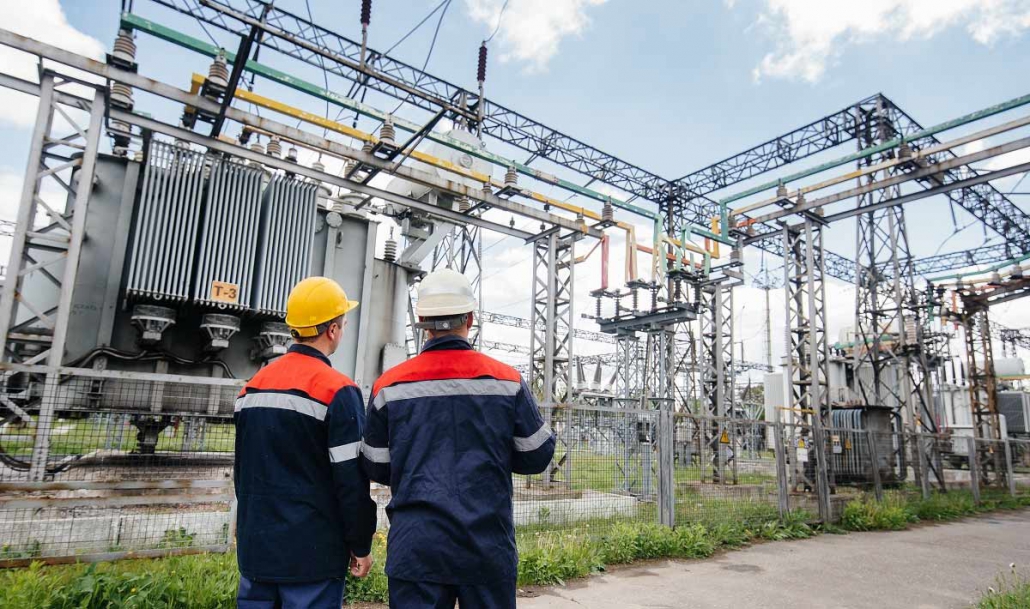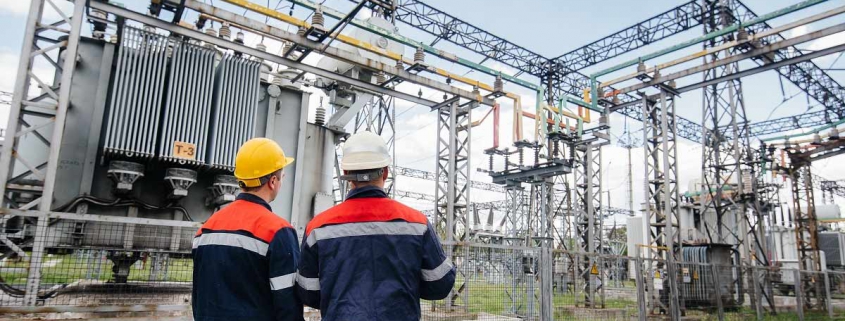Why Drones are Essential for Power Line Inspection
26 power line workers are electrocuted every year. It’s a dangerous job. Strangulation, falling, and other hazards are all risks that must be mitigated and guarded against. But all this can be virtually erased with the use of safe, cost-effective, and accurate drone powerline inspections. Drones can be used for everything from solar power inspections to construction site safety surveys, and they’re also revolutionizing the industry of power line inspection. For areas where physical technicians may need to put their safety on the line, drones are essential.
How Drone Powerline Inspection Produces Faster, More Efficient Results
Drones are able to map out an area quickly, zipping through power lines while still avoiding towers and other potential hazards. Since drones are agile, small, and lightweight, they can cover a lot of territory that a traditional aerial vehicle could not. And, because they aren’t manned, they don’t represent any human danger.
Through the 3D mapping system, drones can determine the most efficient routes through even larger installations. They can fly a complete circuit between areas, and complete complex data collection, including both photography and laser scanning. Once the data has been recorded, it can be viewed by an expert operator, who can identify any potential issues. Drones can even be fitted with sensors so they can detect abnormalities, such as unusual heat signals.
Better and More Frequent Power Line Inspections
When power line inspections require a significant amount of work hours (and potential danger to technicians), they aren’t done as frequently. It’s mildly dangerous to just climb a tower, and no one wants to do that if it isn’t necessary. But with drones, power line inspections can be conducted more frequently, leading to more consistent results and reduced power outages.
Data collected from drones can also be fed into machine learning systems to begin anticipating potential issues, and to generate more accurate maintenance schedules. Together with IoT devices, sensors, and machine learning technology, power-line solutions can become more effective overall.
While drone technology has existed for some time, the new, intelligent drone systems, and better software and hardware, are making drones more effective at more complex tasks. As drone technology continues to advance, it’s likely that a great deal of inspection, scanning, and surveying processes will become off-loaded to them.

Power Line Inspection 
Drone inspection 
Drone Power Line Inspection
Improved Safety and Quality-of-Life for Technicians
With drones, the role of the technician switches from potentially putting themselves in precarious, dangerous positions, and into what they do best: diagnostics and analysis. Better safety leads to a happier and more conscientious workforce, in addition to overall reduced costs and better quality of work.
No company wants to be responsible for disasters and incidents, but the truth is that any line inspection, whether it’s power lines or telephone lines, has the potential to be dangerous, even with proper safety precautions. Up until fairly recently, manual line inspections were also a necessity. Drone technology has advanced to the point where it can now safely replace many high-risk inspection tasks.
Power line inspections no longer need to be dangerous or time-consuming, and that’s great news for the power industry. From companies that are specializing in wind power, to companies that are managing large scale power distribution networks, drones can be used to ensure that maintenance and upkeep is followed, and that potentially dangerous issues are noted before they become a problem.
Drones for the Power Industry
But drones aren’t just valuable for inspections. They can also be used during the development of power lines, to survey locations and scan them, and to create 3D models and simulations of the future installations. They can be used throughout the process of developing and setting in power lines to ensure that the development is going smoothly. And they can be used for other elements of the power system, such as inspecting power equipment and power facilities.
As technicians become more accustomed to working from photographs, aerial views, and simulations, they will also become more effective at quickly diagnosing issues without having to introduce high-risk human intervention. The energy market is being transformed with drone technology, leading to lower costs, reduced risk, and better uptime. For more information about how drones can help the power industry, contact the experts at LandPoint.




